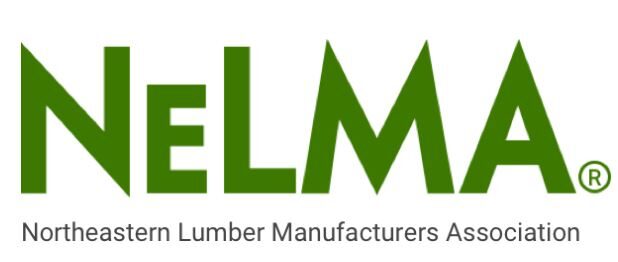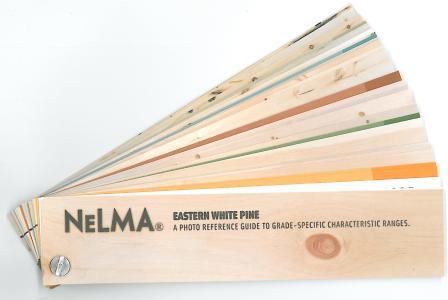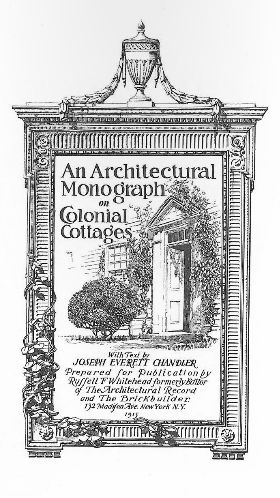
Is engineered wood ‘the new concrete?’ As demand grows, some industry sources say mass timber is set to open new doors in construction for the lumber industry, offering lucrative opportunities at the intersection of timber and tech. Advances in the processes used to make cross-laminated timber and other engineered wood products have set up a boom for tall wooden buildings with similar if not better structural integrity than those made with steel and concrete, making the construction industry as a whole more environmentally friendly.
Made from industrially dried quick-growing wood – including pine – CLT is up to four times lighter than reinforced concrete. A building made with CLT instead of traditional concrete uses up to 70 percent less material and can cut construction times by a third, sending project profitability through the roof. Developers are definitely taking note.
In a recent issue of the property insurer GenRe’s ‘Property Matters’ publication, Property/Casualty Senior Consulting Underwriter Leo Ronken examines “what’s so good about wood,” going down a long list of the attributes that have made engineered wood increasingly popular with architects, legislators and construction pros.
“In the global trend toward the construction of buildings that meet ecological needs, wood has some clear advantages over traditional construction materials such as steel and concrete. With advances in engineered wood materials and components come possibilities to construct increasingly larger buildings – a trend being witnessed around the world.”
Real estate services firm JLL has also noted the trend and what it could mean moving forward, calling it a ‘game changer.’
“The emergence of successful mass timber projects across all sectors is a trend which looks set to continue and develop as the industry demands more innovation. As Lucas Epp, Head of Engineering at StructureCraft in North America, says mass timber projects require fewer construction workers on site, less waste and higher quality of work. ‘Mass timber office buildings are also now competing with steel and concrete on cost,’ he adds.”
The forest products industry has long depended on single family homes, but mass timber opens the possibility of entrance into new markets where wooden framing was previously seen as inappropriate. Buildings made with mass timber are able to meet strict building codes, including those measuring fire resistance.
Another benefit of increased demand for CLT is the fact that it can be made with smaller, second-growth timber, reducing the need for so many big, solid logs from older trees and fueling greater efficiency at mills.
Image via Woodworks.org


